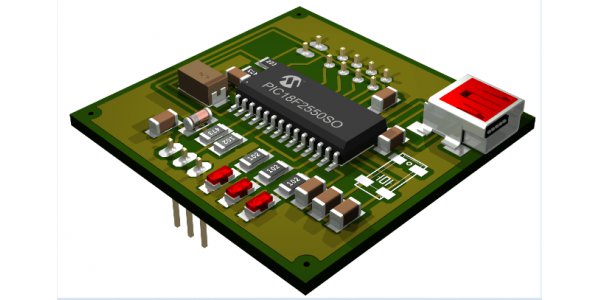If welding by hand, insert one solder when inserting. If pass the furnace, just follow the operation guide of the tin furnace. The cutting foot can be cut by hand or can be processed by a special foot cutting machine. The basic process requirement is to just cut off the exposed tin part.

1. PCBA plug-in method
2.Insert small plugs, such as 1/4W resistors, capacitors, inductors, and other small-sized components that are close to the circuit board.
3.Insert large and medium-sized components, such as 470μ electrolytic capacitors.
4.Insert IC, such as chip IC can be soldered in the first step. In principle, the components are arranged in order from low to high and from small to large. The high and low principle takes precedence over the horizontal size principle.
2. Dipping soldering, cutting foot, wave soldering operation process
2.Hold the inserted circuit board with a clip, spray a little flux on the copper surface, scrape off the oxide layer on the tin surface of the tin furnace with a scraper, and immerse the copper surface of the circuit board sprayed with flux into the tin furnace. The board is immersed in about 0.5mm, and the immersion time is 2-3 seconds.
3.After dipping the tin, gently lift the hand diagonally, and keep it stable without shaking, so as to prevent false soldering and fullness.
4.When it basically solidifies after 4.5 seconds, it is put into the assembly line and flows into the next process.
5.The foot cutting machine starts the foot cutting operation and observes whether the circuit board is lifted or deformed.
6.Cutting foot height is 1-1.2mm, and flows into the automatic wave welding machine after passing the test.
7.After using the operating equipment, turn off the power.
3. Manual tin furnace welding process requirements
1.Weldability
Not all materials can be connected by soldering. Only some metals have good solderability before they can be connected by soldering. Generally copper and its alloys, gold, silver, zinc, nickel, etc. have good solderability, but aluminum, stainless steel, cast iron, etc. have poor solderability, and generally require special fluxes and methods to solder.
2.Solder qualified
The composition of lead-tin solder is out of specification or the impurities exceed the standard, which will affect the quality of the solder, especially the content of certain impurities, such as zinc, aluminum, cadmium, etc. Even the content of 0.001% will significantly affect the solder wettability and flowability, reducing Welding quality.
3.Flux suitable
Different solders are used for different materials. Even for the same material, different solders are often used when the welding process is different, such as manual soldering iron and dip soldering. Different solders are required for cleaning and not cleaning after welding . For manual soldering, the use of rosin and active rosin can meet most assembly requirements for electronic products. It should also be noted that the amount of flux must also be noted. Too much and too little are not conducive to soldering.
4.Reasonable solder joint design
Reasonable solder joint geometries are essential to guarantee the quality of solderi
